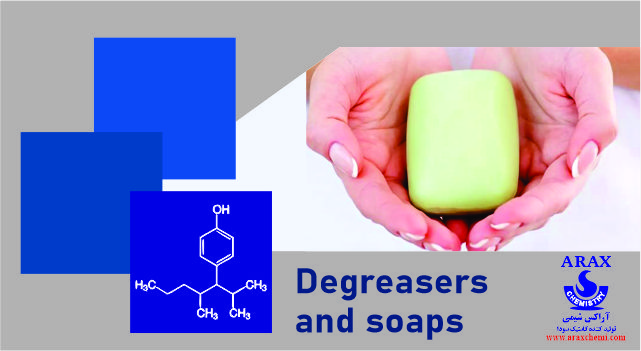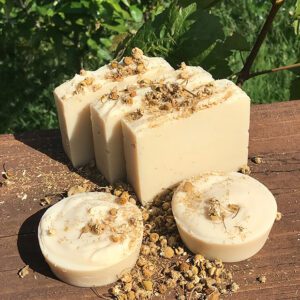caustic soda in soap making
caustic soda in soap making
The soap keeps our world safe. It cleans homes and businesses, offices, and manufacturing plants_versatile, gentle, and effective, it is in many ways the essential product. Without soap, proper sanitation is nearly impossible.
Humans have made basic soaps for millennia — archaeologists have found fragments of soap recipes dating from as early as 2800 BCE. According to one legend, the word “soap” comes from ancient Rome, where animal fat was unintentionally mixed with wood ash during religious ceremonies on Mount Sapo. People discovered the resulting paste was an effective cleaning agent, and they called it “Sapo” in recognition of its origins.
Sodium hydroxide, also called caustic soda or lye, is a traditional ingredient for soap-making. While potassium hydroxide is more common in liquid soap-making, it is possible to produce liquid soaps using caustic soda. One of the most commonly used chemicals in the soap industry, sodium hydroxide is a strong base with a broad range of potential applications. Sodium hydroxide is a water-soluble compound that comes in pellets, granules, flakes, or powders.
Sodium hydroxide forms through the electrolysis of sodium chloride and is a powerful alkali. When added to water, sodium hydroxide increases the pH of a substance, which makes it a valuable pH adjuster in acidic formulas.
An inorganic base, sodium hydroxide does not contain any carbon atoms, similar to water. When mixed with water, sodium hydroxide dissociates completely to just hydroxyl and sodium ions. The hydroxyl ions carry a negative charge, and the sodium ions have a positive one. This influx of ions leads to a strongly exothermic reaction, which helps hydrolyze fats in the saponification process to form soaps.
caustic soda in soap making
Sodium hydroxide is a reagent, or a substance used in a chemical reaction to produce other substances. Caustic soda causes saponification and is an essential ingredient in soap-making. When flakes or beads of sodium hydroxide get added to a liquid, it forms a lye solution. This solution, when mixed with oils or fats, will lead to a chemical reaction called saponification.
Today, most industrial soap-making takes place through a continuous process, which produces a steady stream of soap instead of small batches.
Manufacturers first split natural fats into fatty acids and glycerin, typically through a tall, vertical steel column called a hydrolyzer that uses high temperatures to break the fat into its two components.
Once separated, the fatty acids get distilled for further purification. Next, the purified fatty acids get mixed with a precisely measured amount of caustic soda. The subsequent saponification creates soap. During this stage, other chemicals may be added to increase shelf life, cleansing power, or marketability. But you can also make liquid soap with caustic soda in small batches. You can find many different recipes for making small-batch liquid soap, but the general process remains the same.
Four Steps to Make Soap
caustic soda in soap making
1. You must have a type of fat — the most commonly used fats derived from plants, such as palm kernel oil, coconut oil, and olive oil. You can use one type of oil or a combination of two or three, for example, 70 percent coconut oil and 30 percent olive oil.
2. Make lye water. Mix the caustic soda with water until it dissolves. The reaction of sodium hydroxide and water is exothermic and will produce heat, so use caution during this stage of the process.
3. Combine the oils with lye water. Once mixed, allow the soap to rest for up to 24 hours.
4. After the soap has set, slowly add heat and water until the soap is smooth and at a proper liquid consistency.
By the end of the saponification process, sodium hydroxide is no longer present in the soap. It has been completely dissociated and used in chemical reactions. Keep in mind that it is essential to weigh your ingredients instead of measuring them. The amount of lye is based on the weight of the oil, not the fluid ounces. Different oils have different densities. one cup of olive oil will not weigh the same as one cup of coconut oil. To ensure you have the right ratio, weigh your ingredients before mixing.
ARAX CHEMISTRY is a great manufacturer of Caustic Soda Flakes, Aluminum Sulfate, and Copper Sulfate which offers its High-quality products.


Am a beginner to learn how to make hand make soap thank so much.
You information is of great worth.